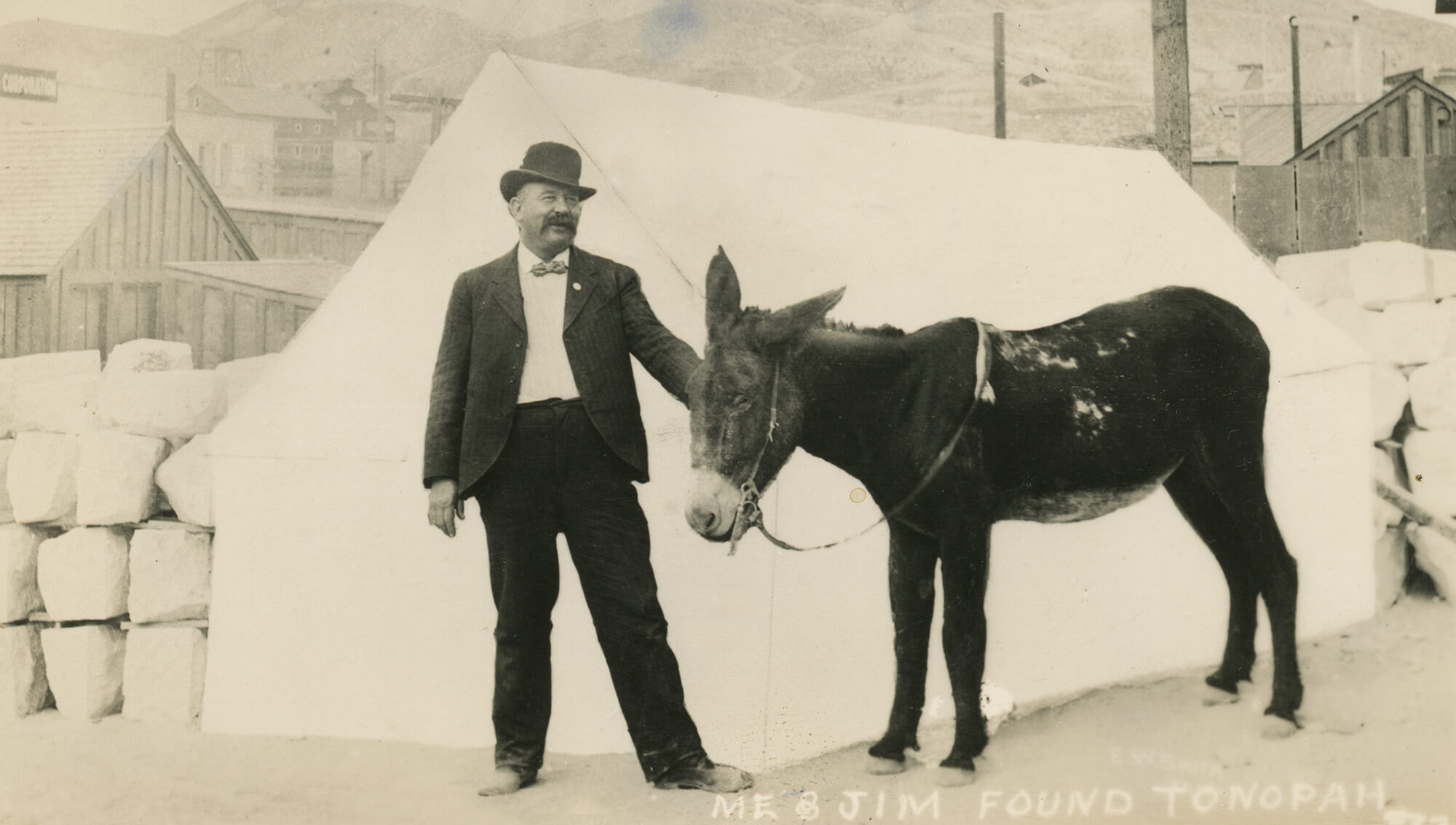Legendary Nevadans Part II: More Historic Movers & Shakers
Meet some movers, shakers, and history-makers who helped give Nevada its fascinating personality.
In October of 2021 we honored Nevada’s birthday by unveiling a lineup of larger-than-life personalities who helped put this wild, beautiful state on the map with their fascinating lives. And now we’re back with another roster of historical figures every Nevada-lover should get to know—as well as museums, state parks, and other intriguing places where you can follow in their footsteps, all around the Silver State.
Dive deeper into the Silver State story at the present-day stomping grounds of those who helped forge Nevada’s past.
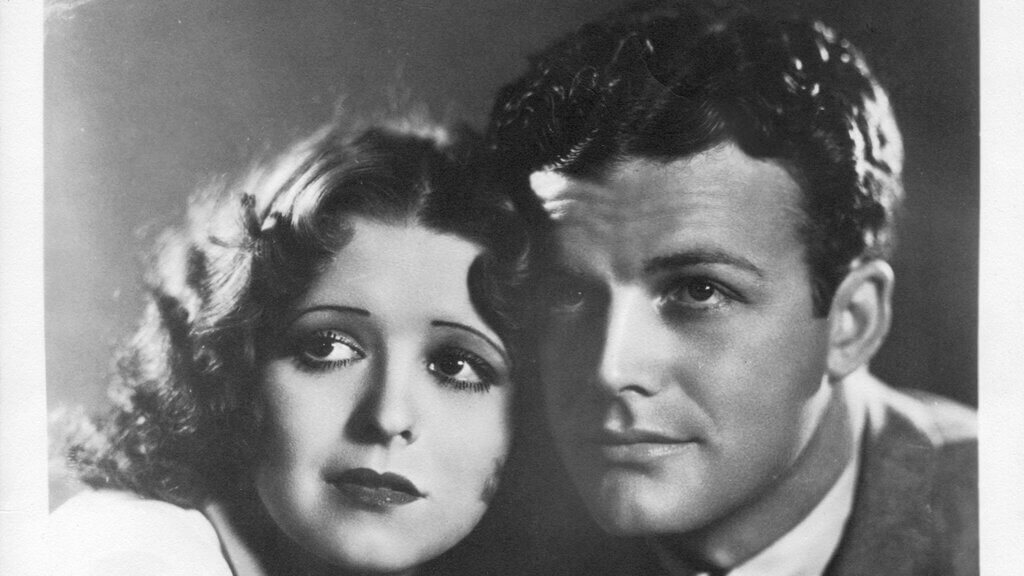
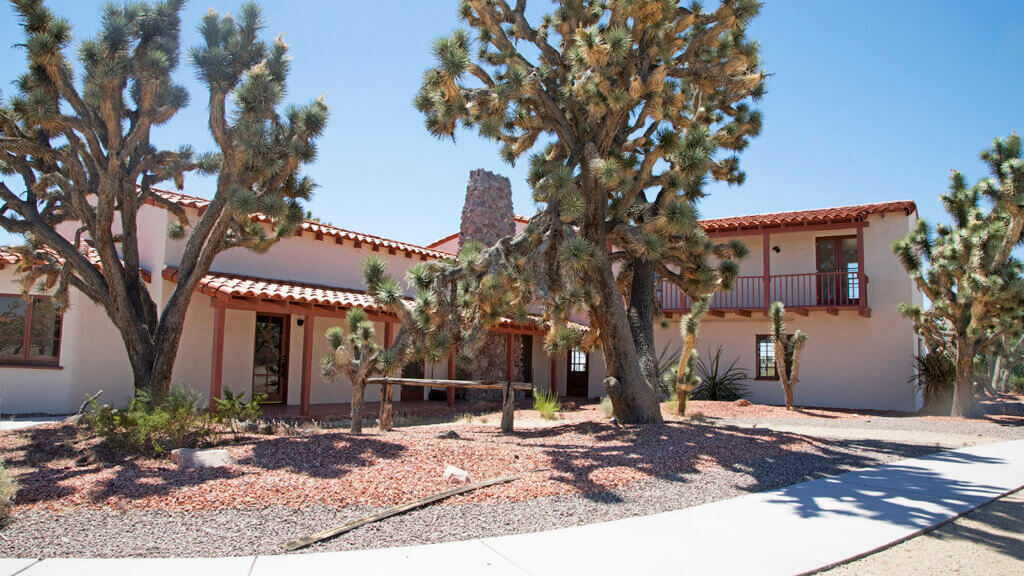
Rex Bell and Clara Bow
The Cowboy and the “It” Girl
Hollywood power couples existed long before Brangelina. In 1931, newly married silent movie stars Rex Bell and Clara Bow purchased 400,000 acres of land 7 miles outside Searchlight in southern Nevada. Craving privacy, they built the Walking Box Ranch and entertained Clark Gable, Carole Lombard, and Errol Flynn, to name a few. The couple eventually divorced, but Bell found a taste for Nevada politics, serving as lieutenant governor for two terms beginning in 1954. Bell was running for governor when he died of a heart attack following a campaign speech in 1962.
Searchlight
The Walking Box Ranch is under BLM management and is listed in the National Register of Historic Places. Although it’s always possible to park and walk around the periphery of the fenced compound, the interior of the ranch is not currently available to visitors. There are plans to open it for tours, so stay tuned.
Dayton
One of Rex Bell’s final film performances was in 1961’s “The Misfits.” He’s in an uncredited scene with stars Clark Gable, Montgomery Clift, and Marilyn Monroe. The scene is set in a bar where Monroe’s character plays paddle ball on a bet, and the Odeon Saloon doubled as the rough and tumble bar. The 1860s building still stands and still serves high-quality libations.
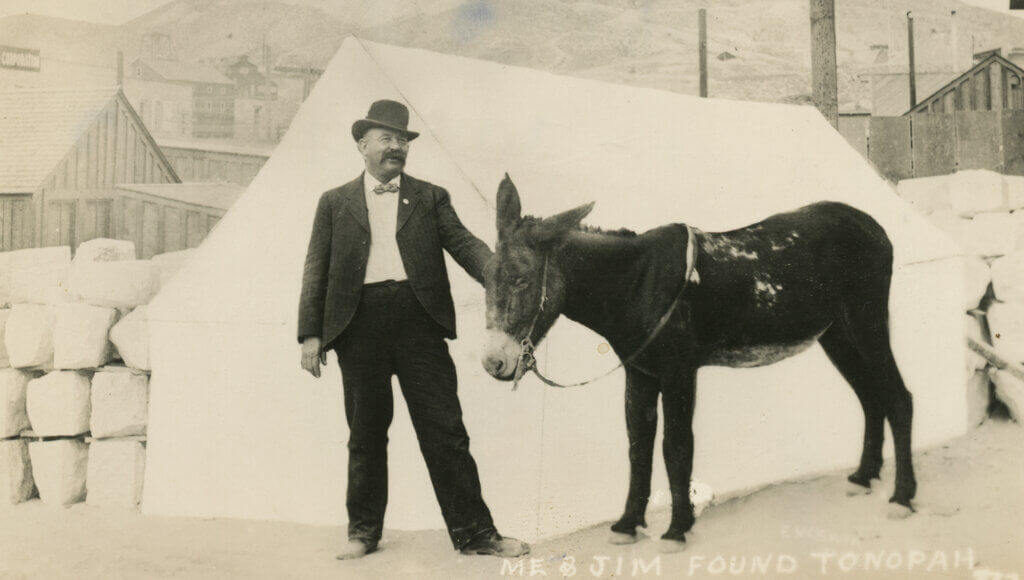
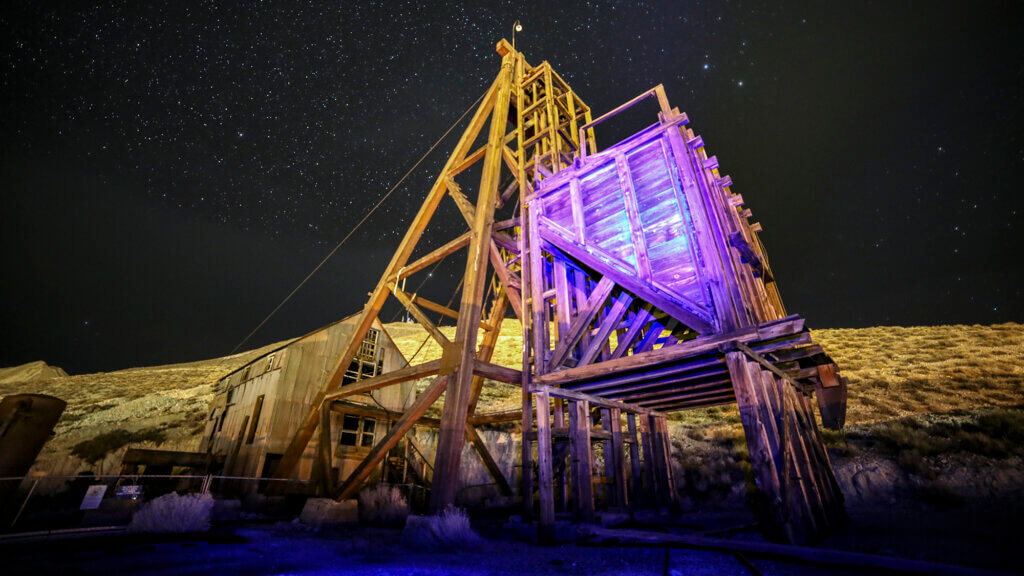
Jim Butler
Nevada’s Improbable Billionaire
Legend holds that in 1900, Jim Butler and his mulish—yet serendipitous—burro were pursuing a stubborn wandering donkey in the Manhattan range in central Nevada. Butler was a rancher and hobby prospector, and he bent down to pick up a seemingly unremarkable rock to throw at the animal to get its attention. The rock that Butler picked from the ground just happened to be high-grade silver ore, kicking off one of the largest mining booms in the state’s history, and creating the town of Tonopah.
Tonopah
You can’t throw a rock (pun intended) in Tonopah without finding a location Butler once haunted. From the Tonopah Historic Mining Park, which is home to some of Butler’s most prolific mines, to The Mizpah Hotel (named after one of his claims) to Jim Butler Days held each Memorial Day weekend, you can follow in Butler’s exact footsteps in the town he founded.
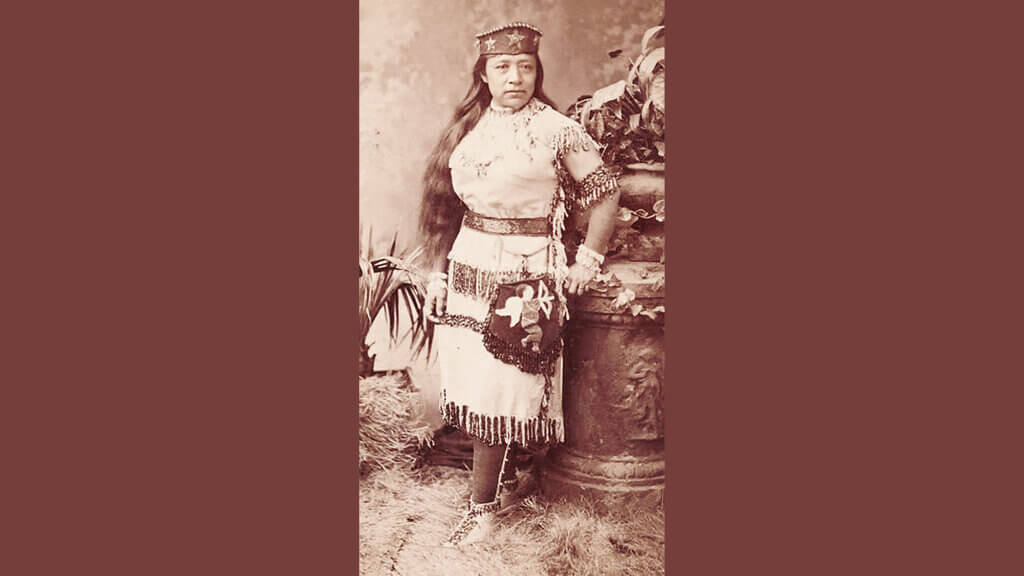
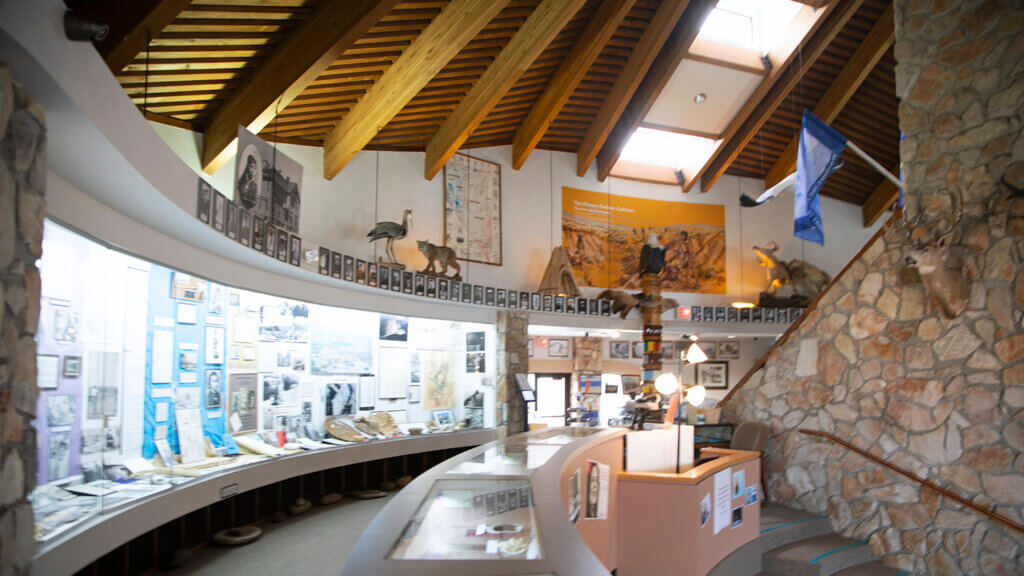
Sarah Winnemucca
The Paiute Princess
Sarah Winnemucca was born near present-day Lovelock to an important Paiute family. Her grandfather was friendly with the first white settlers, and her family enjoyed privileges rare for Native people including schooling.
Winnemucca lived two lives: one among the whites and the other with her people who struggled in poorly managed reservations. She was a gifted writer and orator and actively spoke out against their mistreatment. She was also the first Native woman to publish a book, Life Among the Piutes: Their Wrongs and Claims, and she lectured at sold out shows in San Francisco and Virginia City.
Carson City
You’ll find life-size statues of Winnemucca at both the U.S. Capitol and the Nevada State Capitol, which is open to visitors. At the Nevada State Museum—Carson City, the “Under One Sky” exhibit follows the lives of the West’s first inhabitants in their own words.
Pyramid Lake
Winnemucca’s ancestors frequented these shores for millennia, and visitors can learn more about this pristine desert lake and its original inhabitants at the charming Pyramid Lake Paiute Tribe Museum and Visitors Center.
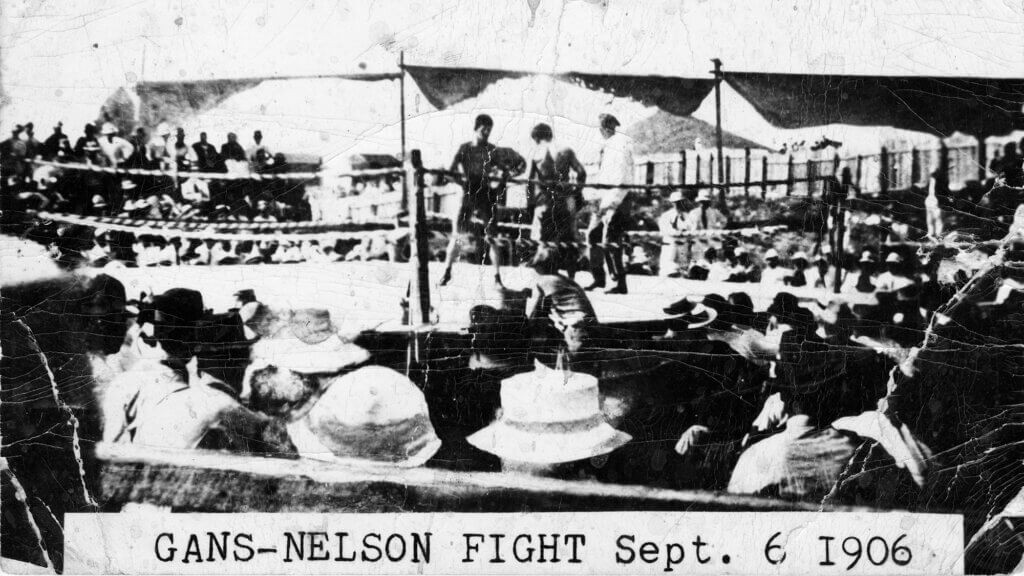
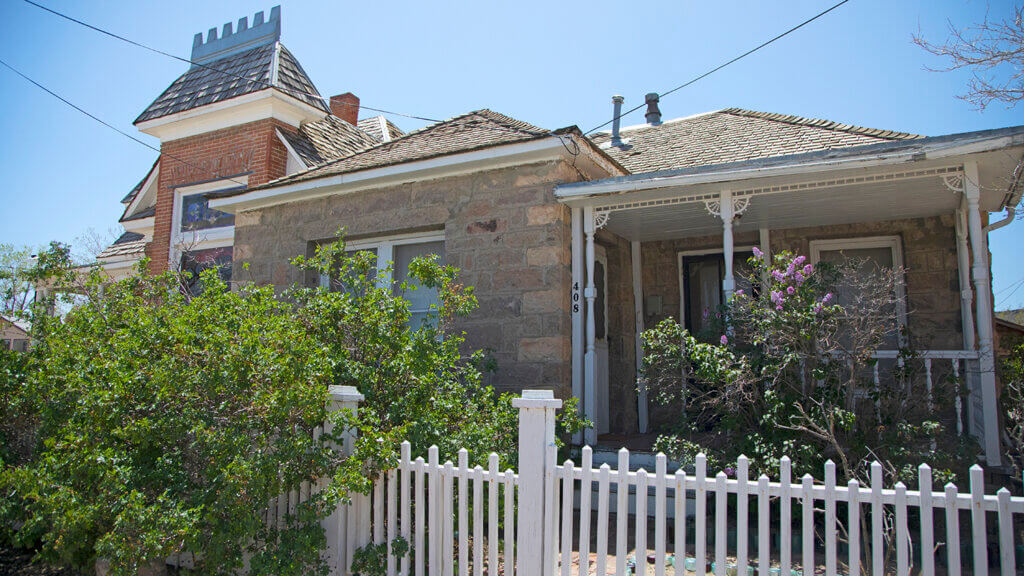
Tex Rickard
Purveyor of Saloons and Fighters
A legendary boxing promoter and wanna-be prospector, Tex Rickard followed gold fever to the town of Goldfield in central Nevada. In 1906, he set up The Northern Saloon, and got to work promoting a highly anticipated heavyweight bout between Joe Gans and Oscar Nelson. The historic fight went 42 rounds in the sweltering heat and set the stage for Rickard’s “Fight of the Century” between Jack Johnson and Jim Jeffries in Reno in 1910.
Goldfield
A plaque commemorating the Gans-Nelson fight can be found on U.S. 95 in Goldfield, across from the Esmeralda County Courthouse. Rickard’s brick house can be found right along US Highway 95 (or the main thoroughfare through downtown Goldfield), and is one of the many stops along the self-guided Goldfield Historic Walking Tour.
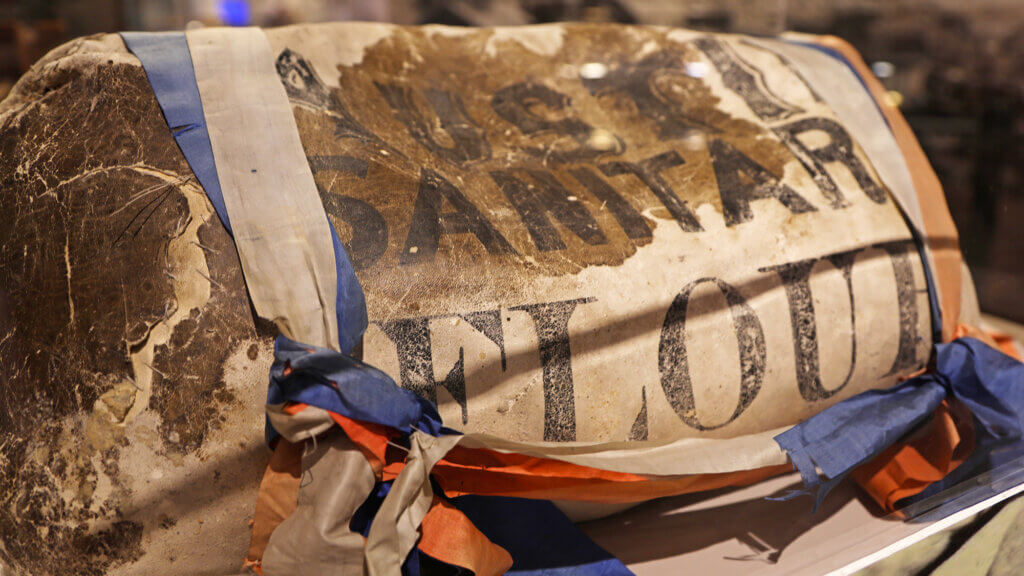
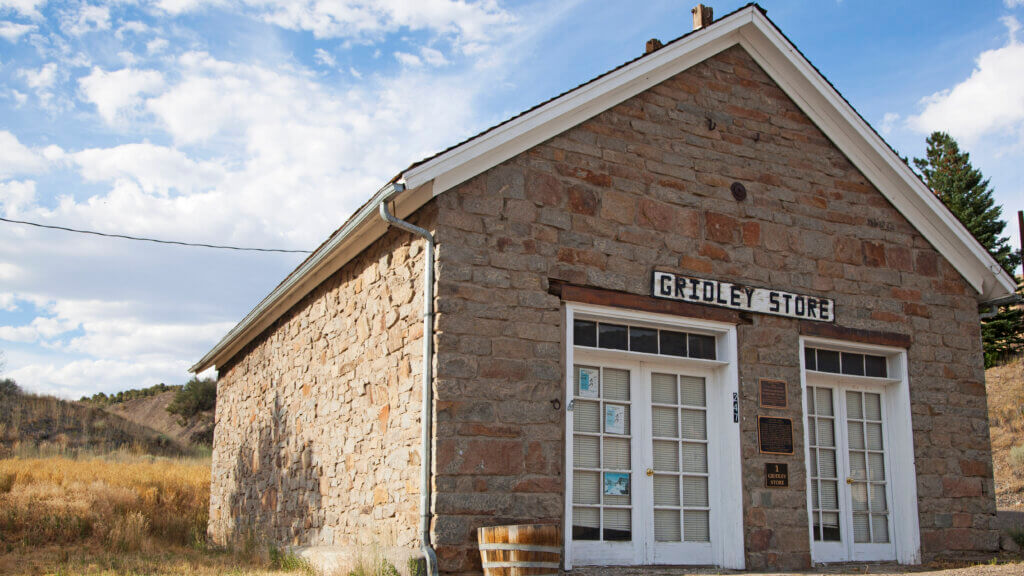
Reuel Gridley
Civil War Fundraiser
Reuel Colt Gridley owned a general store in Austin, and in 1864 bet a friend that whoever’s candidate lost the mayor’s race must carry a 50-pound sack of flour through the streets of Austin. Gridley lost and after delivering his flour sack, someone suggested the sack be auctioned off, with the money raised going to support the Sanitary Fund—an organization that aided disabled Civil War veterans.
The sack sold for $250, but the purchaser did not claim his prize, so the sack was again auctioned off for the charity. It was auctioned in this fashion so many times in Austin, that around $8,000 was raised for charity. Virginia City residents requested Gridley bring it to their town for similar treatment. From there, Gridley brought the flour sack to be auctioned in Sacramento and San Francisco, before finally taking it to St. Louis and several east coast cities. By the time all was said and done, the flour sack had raised more than $275,000.
Austin
Toward the east end of the town’s main street, Reuel Gridley’s store still stands, complete with a historical plaque. His sack of flour is on permanent display at the Nevada Historical Society in Reno.
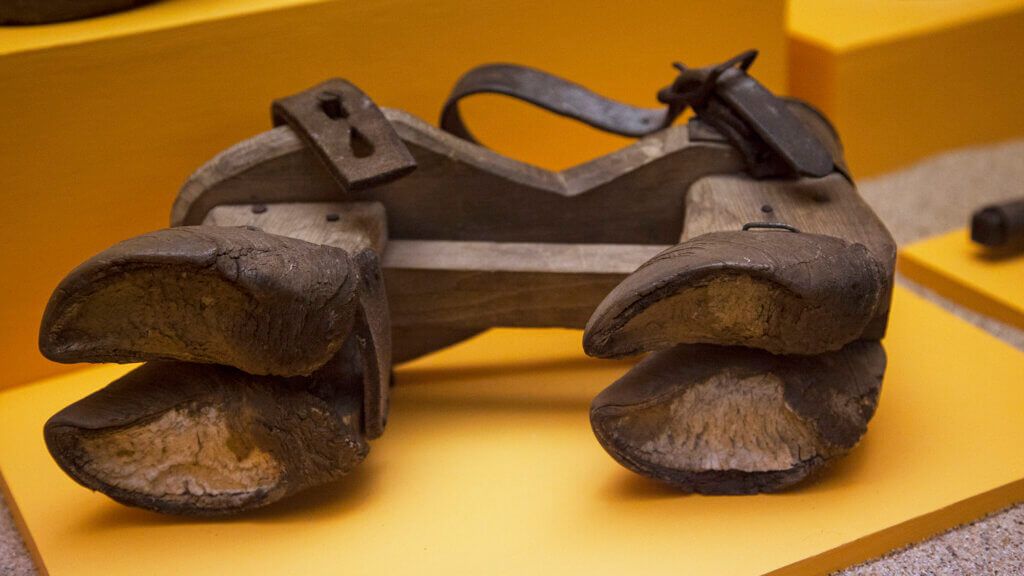
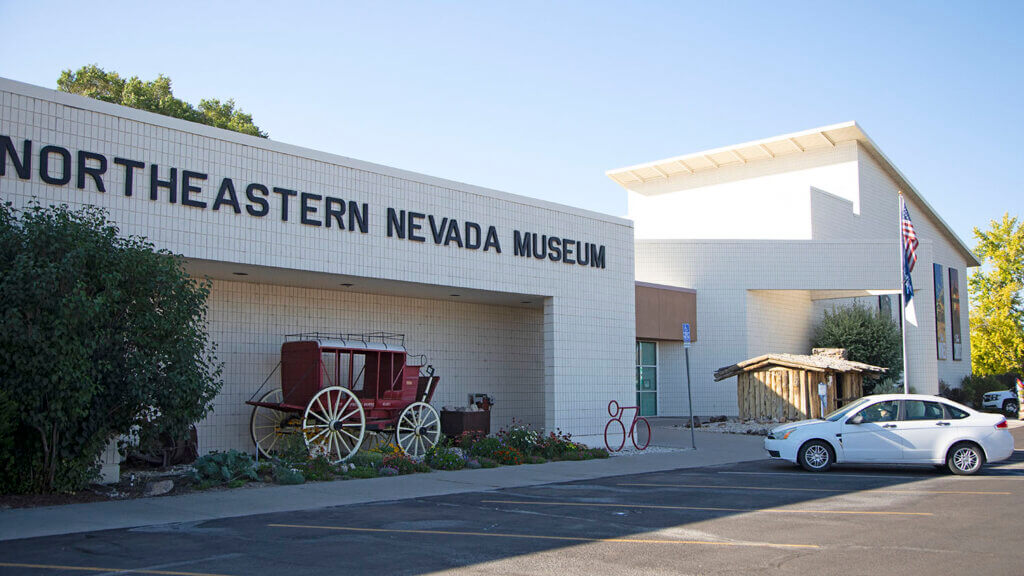
J.R. “Crazy Tex” Hazelwood
The Hoof Shoes Guy
One of the biggest risks to cattle ranchers is poachers, but leading a cow astray leaves signs, namely footprints. Or does it? Enter J.R. “Crazy Tex” Hazelwood, the perpetrator of one of Nevada’s goofiest crimes. Living in northeastern Nevada, near Elko, Crazy Tex was always up to some kind of mischief and had a reputation as a ne’er-do-well. His latest scheme was nabbing a few cows here and there from big ranches who he thought wouldn’t miss them. Determined to outsmart the sheriff, Crazy Tex designed a pair of shoes with cow hooves on the bottom and even practiced walking like a cow for hours so his crime would go undetected.
He managed to keep his clever cow crimes under the radar for about six months, but eventually, ranch hands caught Crazy Tex in the act, and he admitted to his bovine badness. He spent some time in prison, then returned to the area, causing trouble for the rest of his days, which finally came to an end at the business end of shotgun wielded by a feuding neighbor who’d had enough.
Elko
If you think we’re pulling your leg, head on over to the Northeastern Nevada Museum in Elko where you’ll find Crazy Tex’s shoes on display, plus photos from his crime scenes.
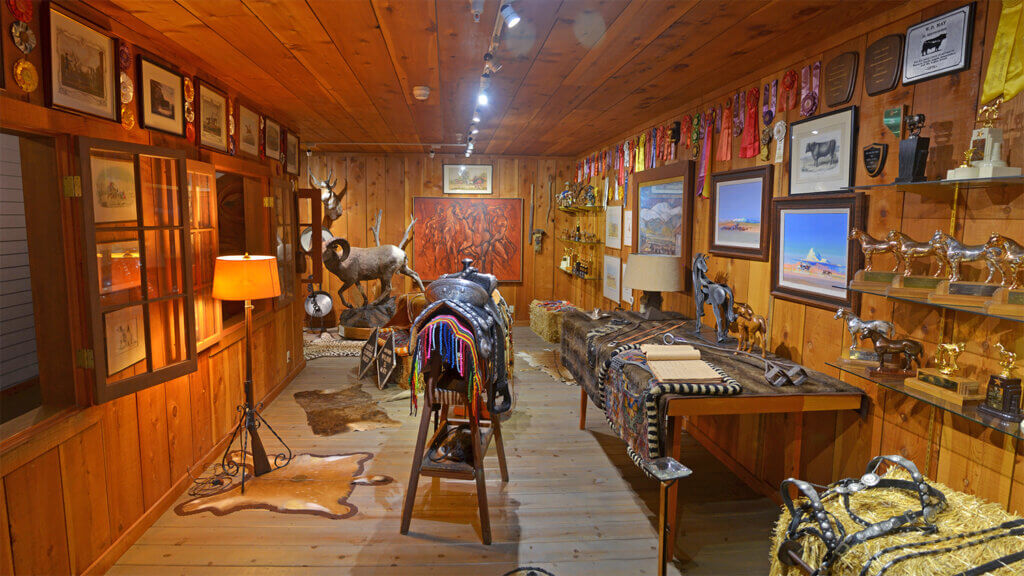
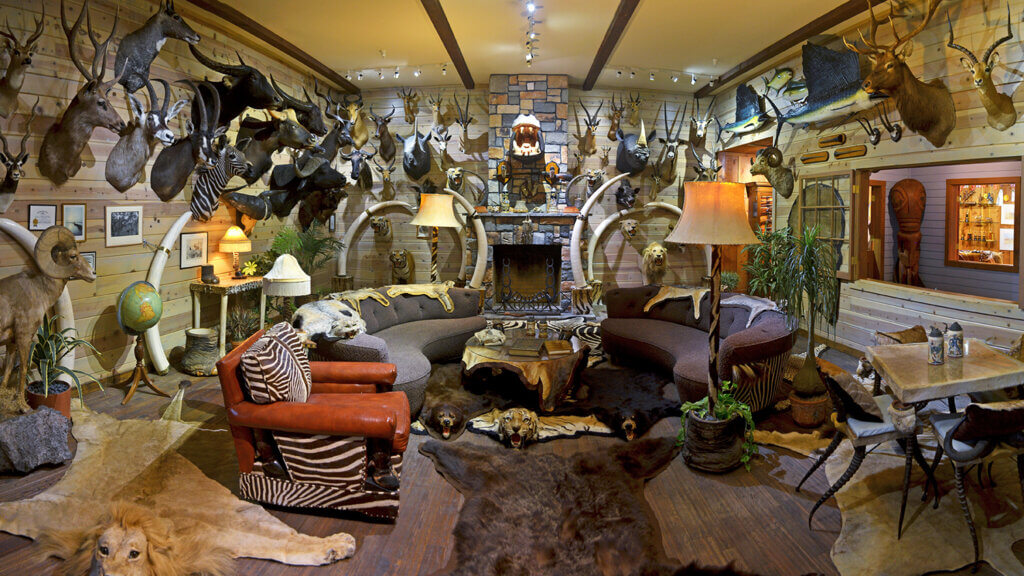
Wilbur D. May
Reno’s World Traveler
Wilbur D. May—philanthropist, businessman, rancher, and world traveler—was the son of a business scion. Attracted to Reno’s tax-friendly climate, he settled in the Silver State for more than 50 years until his death. During that time, he accumulated thousands of rare and exotic artifacts during his travels and brought them back to his home in Reno. May owned the Double Diamond Ranch where he raised racehorses and black Angus cattle. For decades, he was a tireless philanthropist, devoting much of his fortune to helping northern Nevada’s children. When he died in 1982, his plans for a museum and arboretum to be built in his name were carried out, and his many passions can be discovered through his collections.
Reno
The Wilbur D. May Museum at Rancho San Rafael Park in Reno is home to a museum, arboretum, and botanical center. View the private collection the world traveler brought back from his adventures. Then stroll around the arboretum and botanical center, which are home to more than 4,600 native and adaptive plants across 23 acres of land.
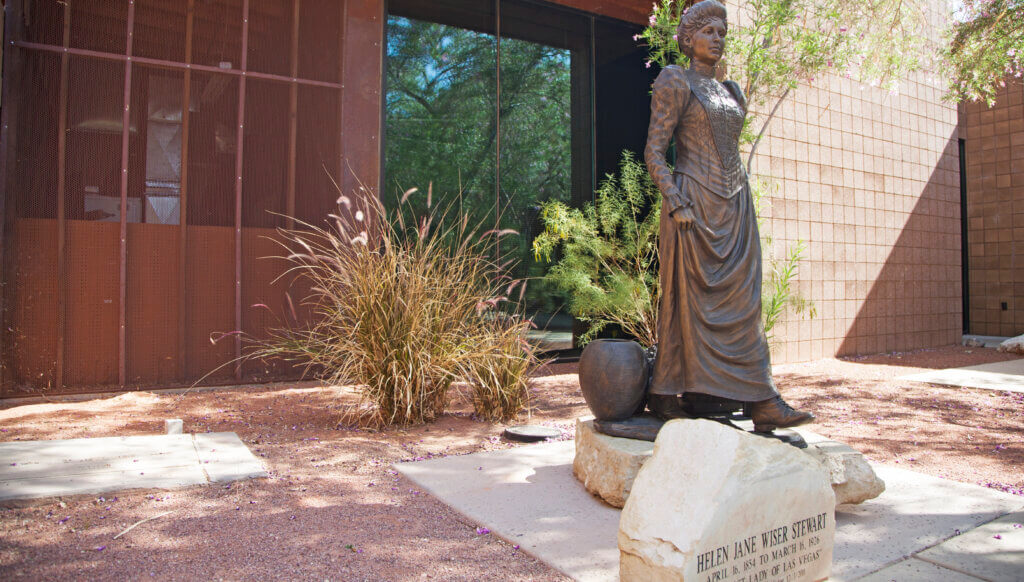
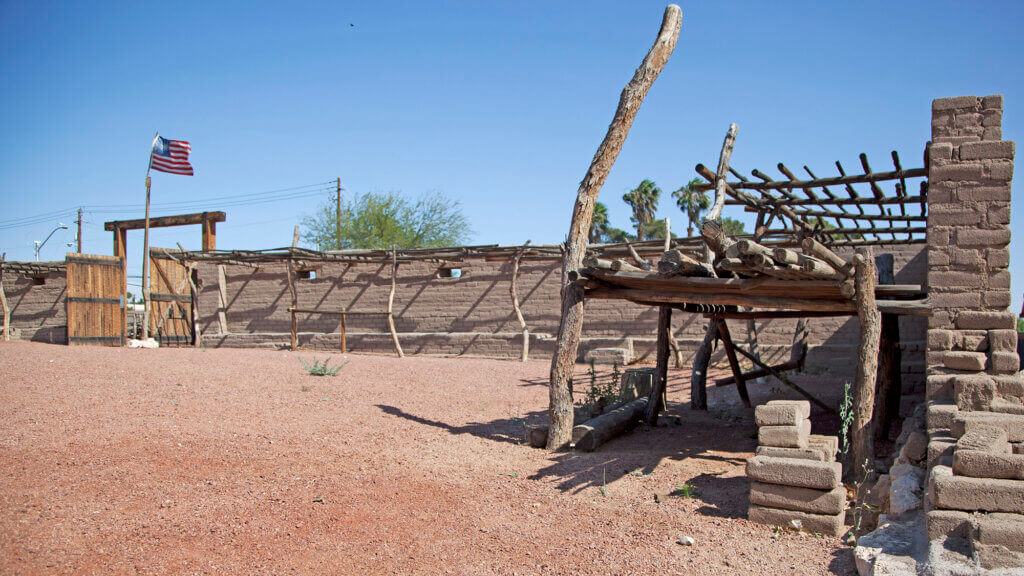
Helen Stewart
The First Lady of Las Vegas
Helen Jane Wiser Stewart came to Nevada in the early 1870s, and lived with her husband at Los Vegas Rancho, an almost 1000-acre ranch in southern Nevada. A spring on the ranch created an oasis in the arid landscape, and Stewart’s home became a stopping point for travelers from Salt Lake City to Los Angeles.
After her husband’s death, Helen took over operations, eventually becoming the largest landowner in Lincoln County (which included today’s Clark County) with more than 1,800 acres of land.
Due to the flow of traffic, the ranch became a center of activity. Helen’s home became a voting site in 1890, and the first official post office in 1893. Helen served as the postmistress also. In 1902, she made the decision to sell most of the ranch to the San Pedro, Los Angeles & Salt Lake Railroad. The railroad arrived in 1905, the same year the remaining 110 acres of land that was previously Helen’s ranch were sold. In all, 1,200 plots of land were auctioned, and Downtown Las Vegas was born.
Las Vegas
Visit Helen’s house at the Old Las Vegas Mormon Fort State Historic Park. The first permanent, non-native settlement in the valley, it features the historic remains of an adobe fort built by Mormon missionaries along a spring-fed creek in 1855. This is the site Helen Stewart would eventually call home.
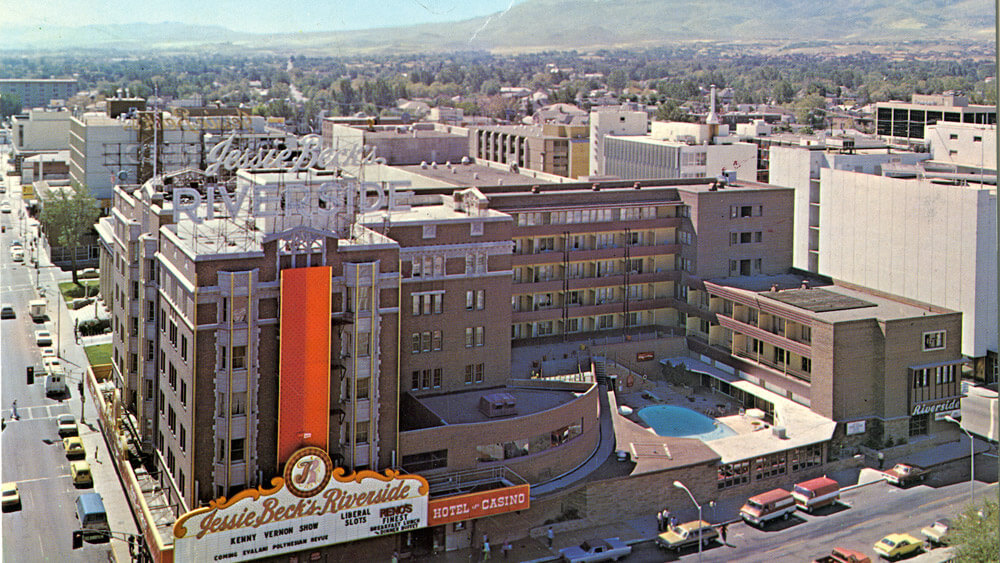
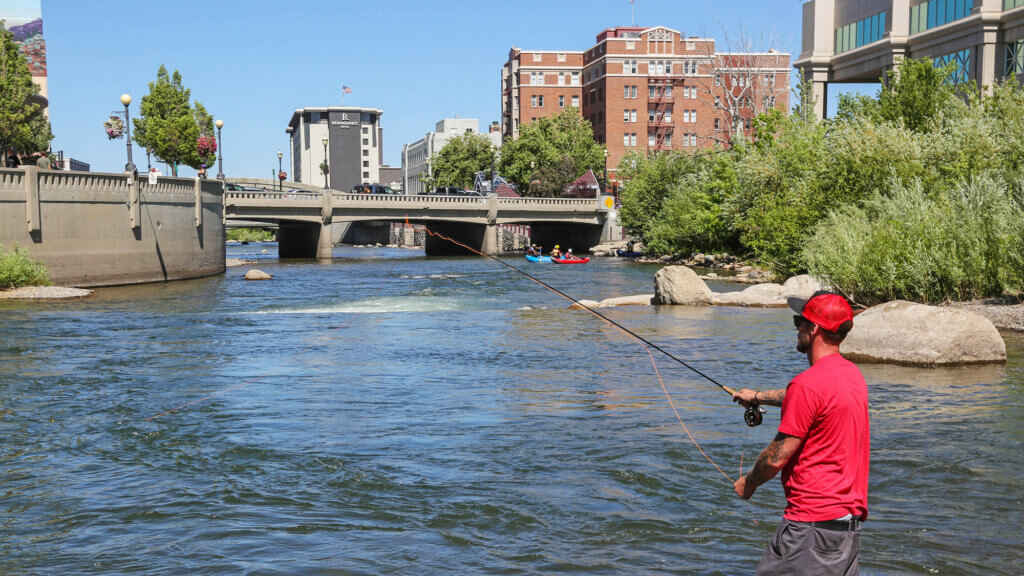
Jessie Beck
Reno’s Gamblin’ Grandma
In 1938, Jessie Beck was a struggling restaurant cashier in Fort Worth, Texas. That all changed when Harolds Club manager Pappy Smith stopped in for breakfast and offered her a job in Reno.
She was Nevada’s first woman craps dealer and eventually became the night shift supervisor. In 1951, she married Fred Beck and took over his gaming concessions after he passed. During the Vietnam War, Beck sent thousands of care packages to troops. One Navy squadron was so thankful, they named their lead plane after her. She was named a distinguished Nevadan in 1968.
At around the age most people are retiring, Jessie found herself in a legal battle with Howard Hughes. The billionaire had purchased Harolds Club and wanted to buy Beck’s business. She wanted $3 million; Hughes was offering $175,000. Bad press for Hughes eventually made him back down and pay the asking price.
Reno
Jessie Beck used her windfall to purchase the Riverside Hotel, which sits on the exact location of the first pioneer structure in Reno (also an inn). Beck turned the hotel into the city’s most popular casino: Jessie Beck’s Riverside. She was fondly referred to as Reno’s Gamblin’ Grandma. The hotel rooms are now artist lofts, but visitors can wine and dine on the first floor at the Wild River Grill while enjoying a beautiful view of the Downtown Reno Riverwalk.
Get Inspired
Related Stories
